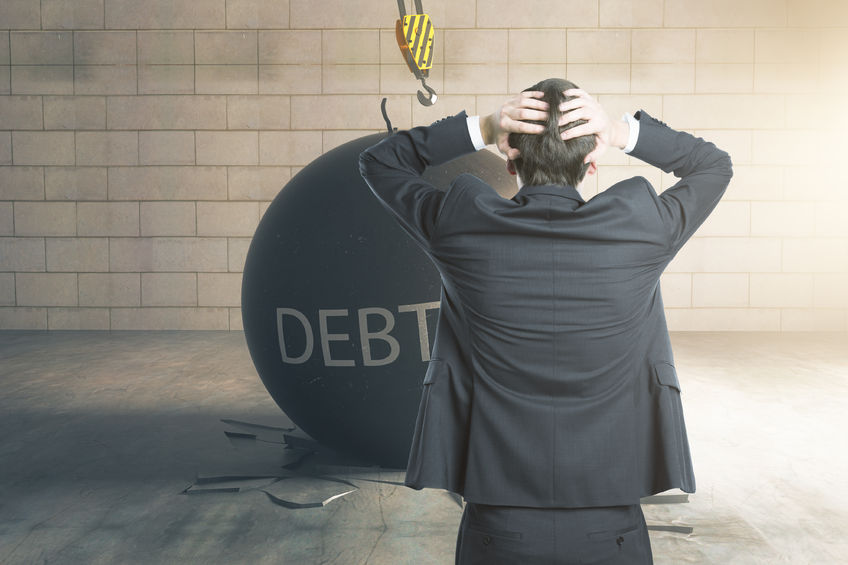
Filing for bankruptcy is no easy thing. It is a complex legal and financial matter that has significant impact on many aspects of your life. Still, despite its scary nature, bankruptcy is often necessary. For someone who is facing financial ruin, perhaps through no fault of their own, filing could be a true game-changer.
Many people make mistakes. Part of human nature involves trying, failing, then trying again. It is how we learn. But sometimes those mistakes involve our finances. Even when the mistakes are not of our own doing, there must be ways built into the system allowing us to account for them. Filing for bankruptcy is one of these ways. It is a method of wiping the slate clean, if you will, and starting fresh.
Like any major financial decision, there are benefits and drawbacks. Bankruptcy is no exception. You will want to speak with us about your finances before making a decision about how to proceed. We can help you decide whether filing, and if so, what Chapter to file, is the right option for your situation.
What Chapter to file
If we have come to the decision that you should file, unless you are a large corporation, there are two primary choices of action: Chapter 7 and Chapter 13.
Chapter 7 is usually referred to as a liquidation bankruptcy, simply because it discharges – or liquidates – all your unsecured debt. Personal loans, credit cards, car loans, even mortgages – all of it can be discharged. You will, however, be compelled to pass a “means test.” If you fail the means test, you may be looking at a Chapter 13 filing.
If you want to pass the means test and continue filing for a Chapter 7, you may have to sell any non-exempt assets. We will generally be able to tell you right away if you are a fit for Chapter 7. Chapter 7 filings can take around three to four months from beginning to end.
Chapter 13 is otherwise known as a reorganization bankruptcy. This filing results in the filer paying back their creditors over a specified amount of time. In this scenario, no property or assets are liquidated. To qualify for a Chapter 13 filing, you must have regular monthly income and demonstrate you can make your monthly payments. This option can take anywhere from three to five years to finalize.
While there are Chapter 11 and 12 forms, they are not commonly filed. As an example, if you want to file Chapter 12, you better be a farmer or a fisherman.
Debts that cannot be discharged in a bankruptcy
Not all debts can be discharged in a bankruptcy. This legal action should not be used as a cure-all for every poor financial decision you have ever made. As honest attorneys, we will be the first to tell you that. It is not a matter that should be taken lightly – and we don’t.
You need to know what debts will not simply go away when you file. If you owe back taxes or child support, for example, those cannot be discharged. Most student loan types also cannot be wiped clean. This should always be considered the last option.
The bankruptcy judge will want to know if you have worked with a credit counselor and exhausted all possible options before going down this road. Quite frankly, we will too. We understand how big this decision is. As experts in our field, having filed hundreds of bankruptcies over the years, we are ready to be your trusted partner throughout this sensitive process.

